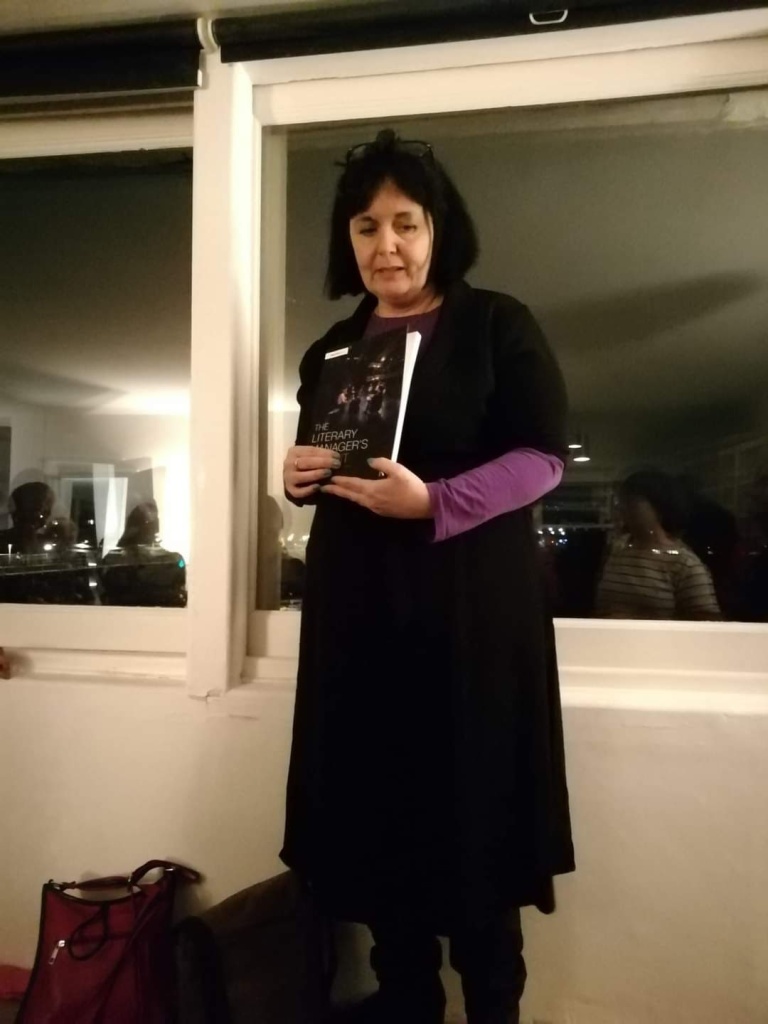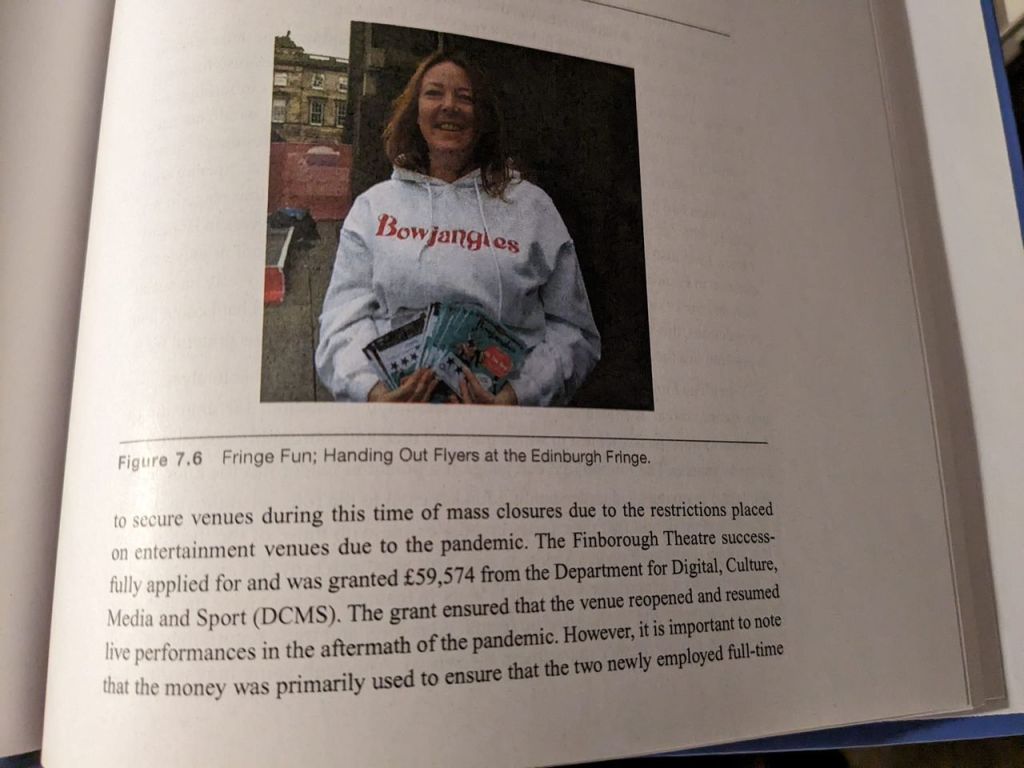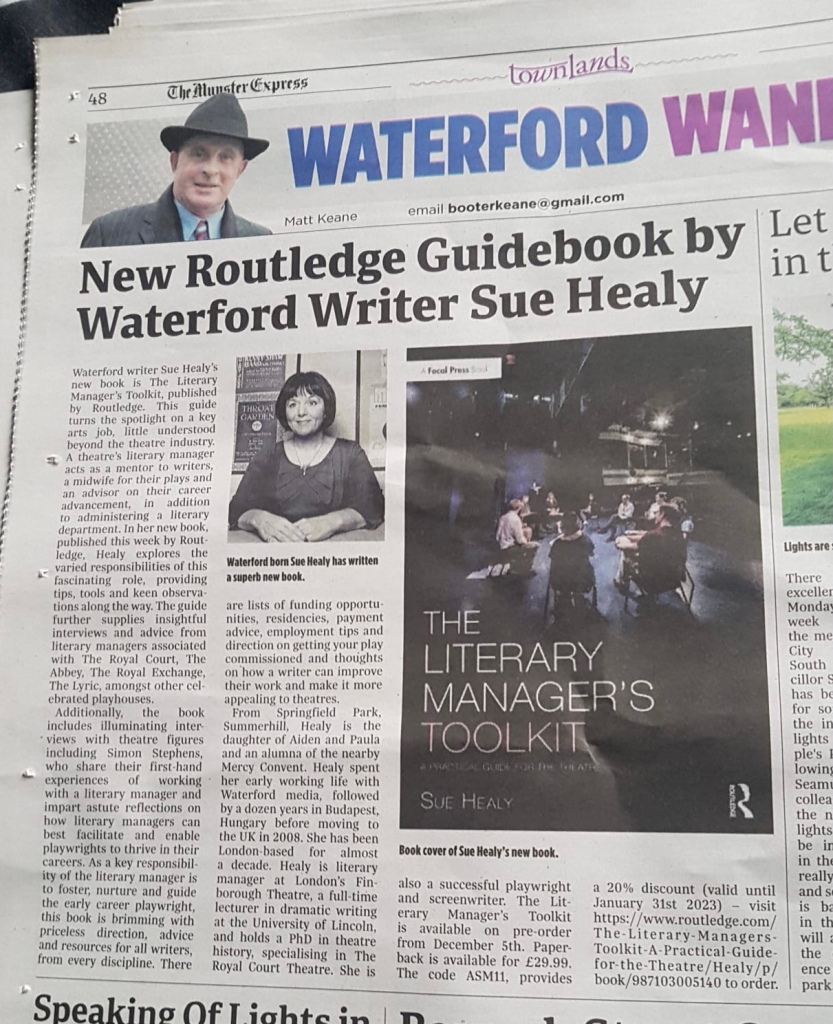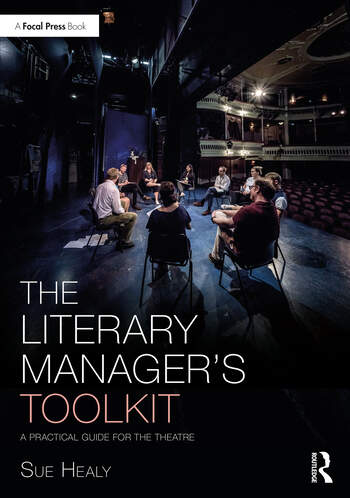My book launch for “The Literary Manager’s Toolkit” took place on 13th of March, at 9 Lower Mall, Hammersmith – a house deeply woven into the tapestry of contemporary London theatre. It is here that the Royal Court Theatre was launched as a concept in 1955, and the address has been home to great theatre figures such as George Devine, Peter Gill, Donald Howarth, Nicholas Wright, David Lan, to name but a few. My book is dedicated to the late Donald Howarth, its most recent owner.
Industry figures travelled from France, York and beyond for the event and I was very touched by the support received. A taste of the event is in the pictures below.
I was very touched by playwright Simon Farquhar’s summary: Many congratulations to my dear friend Sue Healy on the launch of her book, The Literary Manager’s Toolkit. It’s a vital and long overdue guide to one of the key posts in a theatre, but Sue makes the book so much more, by making it part of the legacy of our dear friend, the late Donald Howarth, and a celebration and a testament to all that Donald, the Royal Court and all similar theatres strive for. I gave a rather candid interview for it which I am grateful for the chance of, and which I hope proves constructive, both for writers and for those who have such a powerful role in our journey. It’s a book years overdue which I am sure will immediately become a bible. A lovely celebration to launch this valuable work in the most apt of locations.
Link to book on Routledge site.




























